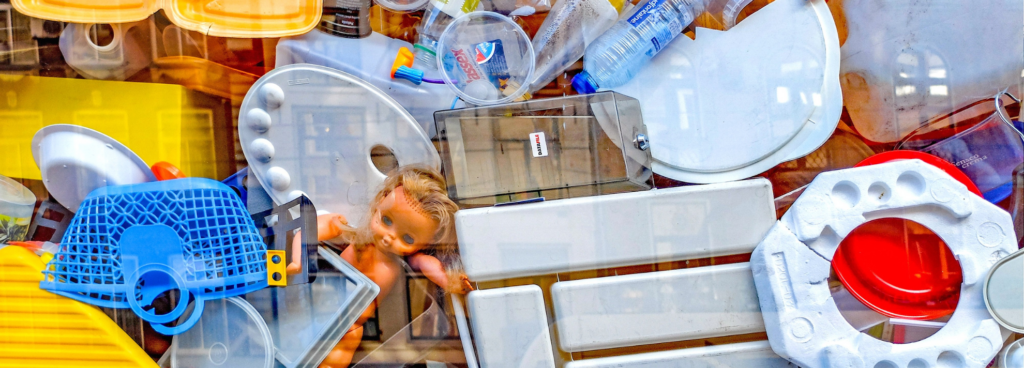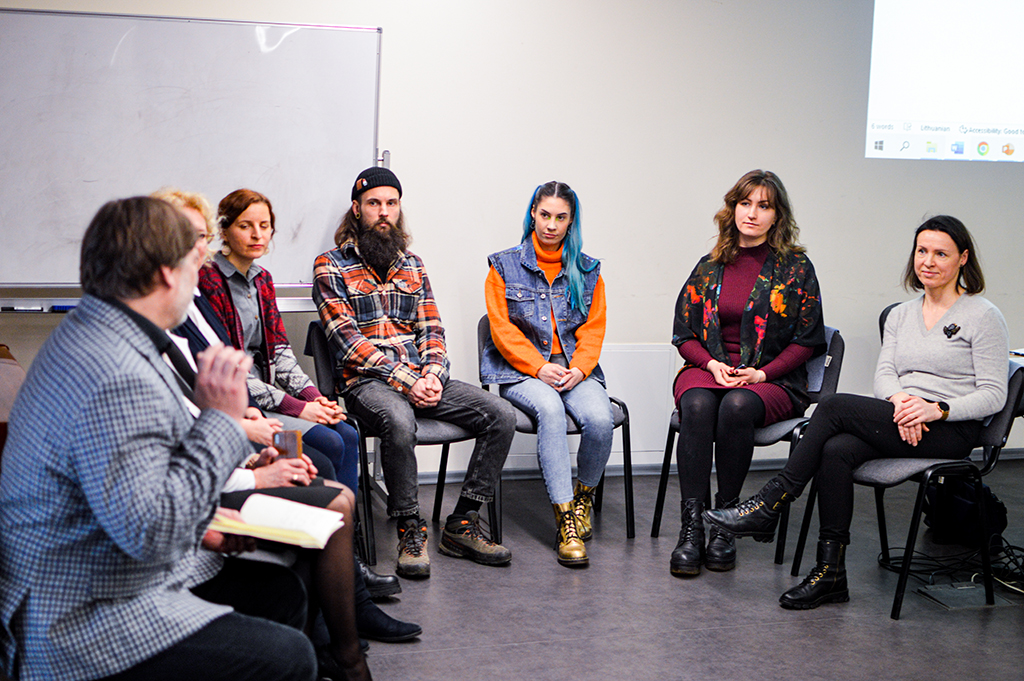Upcycling and Social Impact: Empowering Communities and Economies

In recent years, upcycling has emerged as a powerful tool for positive social impact, benefiting local communities and economies worldwide. This eco-friendly practice of transforming waste materials into new and valuable products not only contributes to environmental sustainability but also brings about numerous advantages for the communities involved. Let’s explore twelve significant benefits of upcycling for local communities:
1. Economic Empowerment: Upcycling initiatives often encourage entrepreneurship and small-scale businesses within communities. Local artisans and craftsmen can repurpose discarded materials, creating unique products that appeal to environmentally-conscious consumers. This empowers community members to generate income, reducing economic disparities and promoting self-reliance. Additionally, upcycling can lead to the establishment of local markets and creative hubs, attracting tourists and enhancing economic activities.
2. Job Creation: Upcycling projects can provide job opportunities for individuals with various skill sets. From the collection and sorting of recyclable materials to crafting and marketing upcycled goods, these initiatives create a diverse range of employment opportunities, reducing unemployment rates and improving livelihoods. Moreover, upcycling often requires a variety of expertise, from designers to marketing professionals, fostering a dynamic workforce within the community.
3. Waste Reduction and Clean Environment: By upcycling waste materials, communities can significantly reduce the burden on landfills and waste management systems. This leads to cleaner surroundings and decreased environmental pollution, resulting in better health and well-being for residents. With reduced waste, local authorities can allocate resources to other essential services and environmental preservation efforts.
4. Community Engagement and Education: Upcycling projects often involve community members in workshops, training sessions, and collaborative activities. These educational opportunities raise awareness about environmental issues, foster a sense of community ownership, and encourage sustainable practices beyond upcycling. Educational programs can extend to schools and community centers, instilling eco-conscious values in the younger generation.
5. Preservation of Local Traditions and Culture: Through upcycling, communities can revive traditional craftsmanship and indigenous art forms. By incorporating local cultural elements into upcycled products, these initiatives preserve heritage and promote cultural appreciation. As upcycled goods gain recognition, they become a source of pride for the community, reinforcing their cultural identity.
6. Strengthening Social Bonds: Upcycling often requires teamwork and collective effort, fostering a sense of solidarity among community members. Collaborative projects bring people together, enhancing social cohesion and promoting a shared vision for a sustainable future. Social interactions during upcycling workshops and events create a supportive network, encouraging people to address other community challenges collaboratively.
7. Resource Efficiency and Cost Savings: Upcycling enables communities to make the most of existing resources without the need to invest in new materials. This leads to cost savings for both individuals and local businesses. As upcycling becomes a mainstream practice, households can adopt a more frugal and eco-conscious lifestyle, saving money on consumer goods.
8. Local Green Infrastructure Development: Upcycling can contribute to the development of local green infrastructure, such as community gardens and urban farming. Upcycled materials can be repurposed as planters, irrigation systems, and compost bins, fostering a sustainable food ecosystem and improving food security within the community.
9. Supporting Vulnerable and Marginalized Groups: Upcycling initiatives can provide an opportunity for vulnerable and marginalized groups to participate in meaningful economic activities. People with disabilities, refugees, or those facing social barriers can find inclusive work environments in upcycling projects, promoting inclusivity and social integration.
10. Environmental Education and Advocacy: Through upcycling projects, communities can educate the public about the environmental impact of waste and consumption patterns. This advocacy drives the demand for more sustainable products and encourages policymakers to implement progressive waste management policies.
11. Global Connectivity and Fair Trade: Upcycling has the potential to create global connections through fair trade practices. Local communities can collaborate with international organizations and businesses that prioritize ethical sourcing and environmental responsibility, expanding their market reach and promoting fair wages.
12. Long-term Sustainable Development: As upcycling becomes an integral part of a community’s lifestyle and economy, it sets the foundation for long-term sustainable development. It fosters a mindset of resourcefulness and resilience, making the community better equipped to face future challenges, such as environmental crises and economic fluctuations.
So you can see, upcycling is more than just a creative approach to waste reduction; it is a real catalyst for positive social change. By embracing upcycling initiatives, local communities can unlock economic potential, foster environmental consciousness, and strengthen social bonds, creating a lasting impact on both their own well-being and the broader economy. As we continue to champion upcycling, let us celebrate the profound benefits it brings to our communities and the world at large. Together, we can make a significant difference and build a more sustainable and inclusive future for all.




Responses